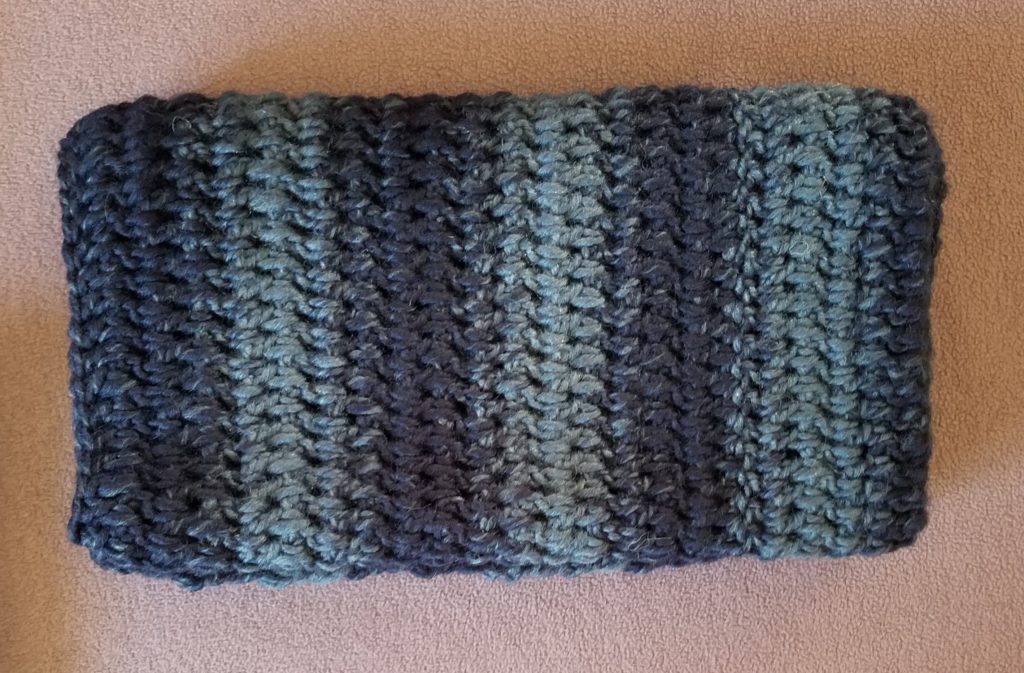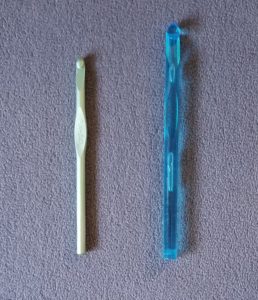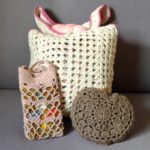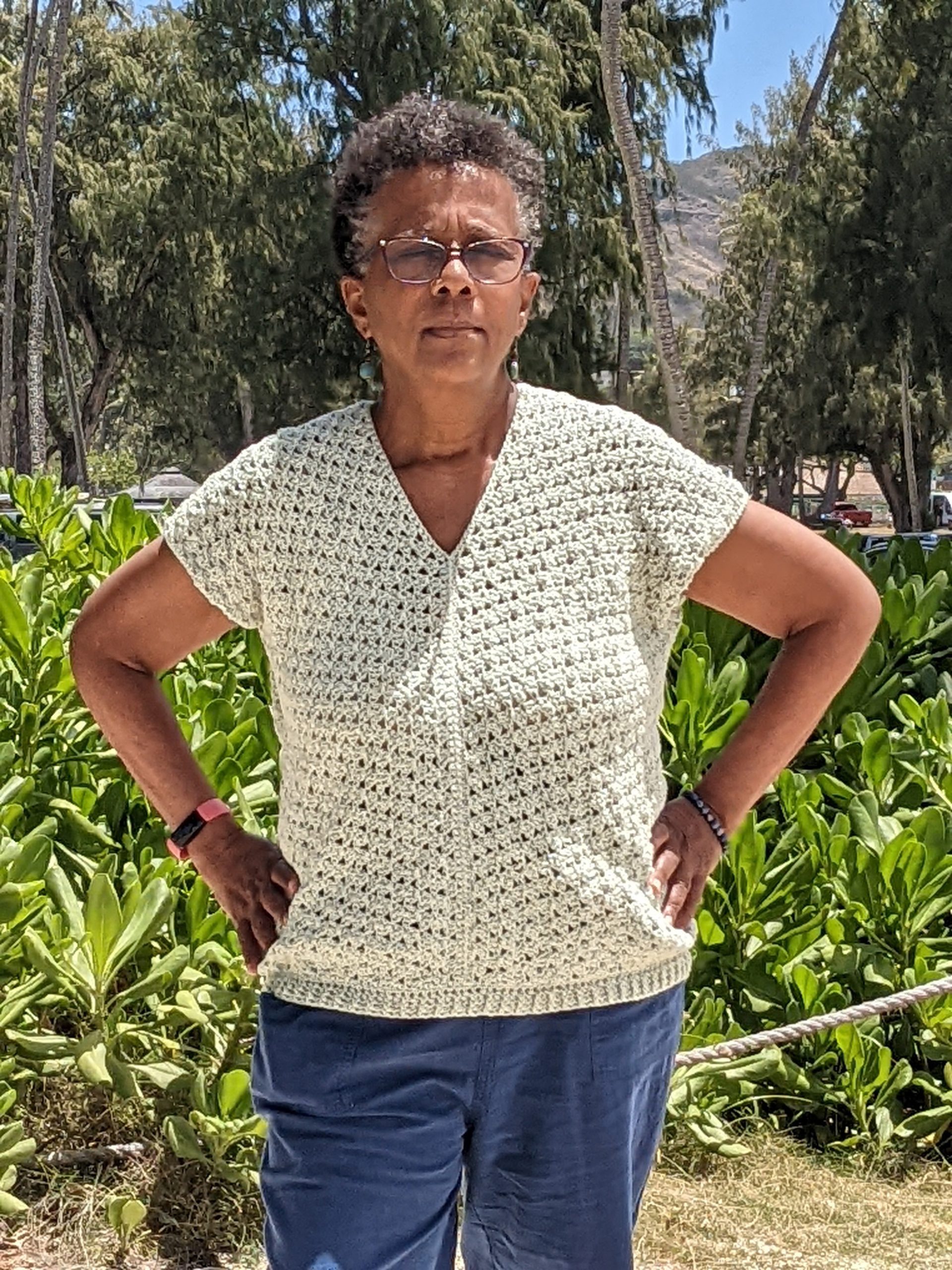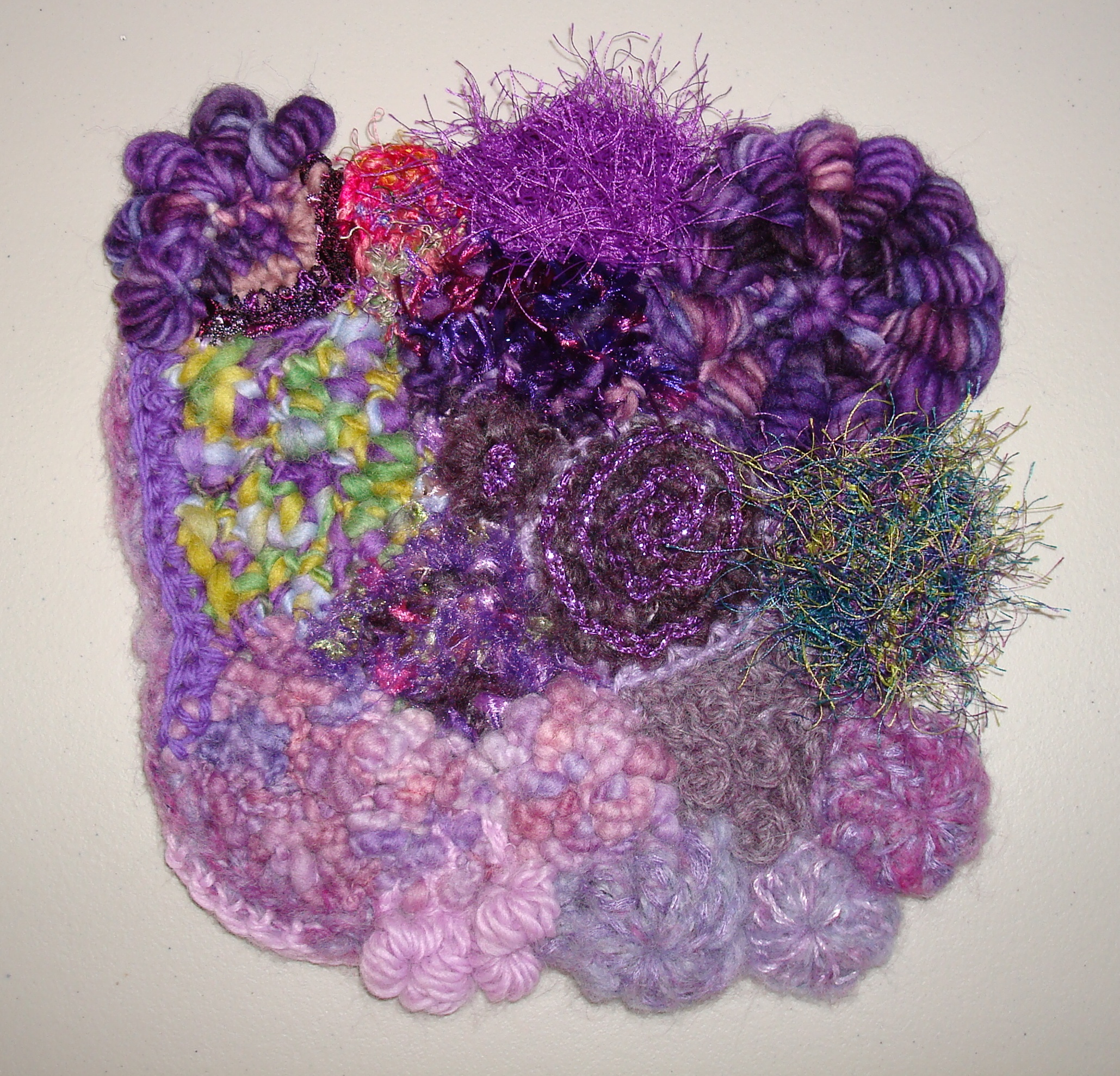I do a lot of crochet on commission, and my customers will typically purchase the pattern they want me to crochet from. These days, many of those patterns have been self-published by crochet designers.
Self Publishing Crochet Patterns Is A Breeze, But …
Thanks to crochet blogs and sites like Amazon’s Kindle publishing platform, and Etsy, crochet designers no longer have to submit designs to commercial magazines and hope their patterns will be accepted. Whether free or paid, they can now get their designs in front of crocheters quickly and easily, thanks to the internet.
Unfortunately, in many of the self-published patterns I’ve been asked to use, there is often a critical piece of information missing that I need to accurately produce a finished piece that is as close to the finished piece the designer believes her pattern will result in.
And if I’m crocheting a garment, this critical information has to be included; otherwise I won’t be able to make adjustments to the pattern to get the best possible fit.
Gauge and Finished Dimensions
For example, I’m working on a piece now, a hand warmer, that does not include a gauge or dimensions of the finished piece. I need a stitch and row gauge so that I can make adjustments in hook size if I need to in order to match the pattern gauge if there was one. And I need the dimensions of the finished piece — at the very least, the rectangle from which the hand warmer is made — to make sure I am crocheting on gauge.
These two pieces of information simply can’t be left out of a pattern because no two people crochet with the same degree of tension. Some create tight, compact stitches (raising hand) while others’ stitches are loose and open. Knowing the gauge enables crocheters to adjust their hook size to come as close to the pattern gauge as possible. This ensures that their finished pieces are the size the designer intends for them to be.
Even when the pattern is a simple square or rectangle, I believe designers should still include the gauge. They can simply state that gauge isn’t absolutely important, if it isn’t. In the case of the hand warmer, gauge is important because the rectangle is folded twice to create the finished piece. And the rectangle has to be large enough that, once folded, it results in a hand warmer that’s the same size as the one pictured in the pattern photos.
Fortunately the pattern does have several photos that I can use to help determine if I’m creating a piece that comes close to matching the size of the designer’s finished piece. But a gauge and finished dimensions would have taken the guess work out of producing the right size hand warmer.
Notes Section
Another thing that puzzled me in the pattern was why the designer used an N/9 mm hook to create the chain, and then dropped down to a K/6.5 mm hook to crochet the rectangle. I can certainly understand why one would use a larger hook to create the foundation chain — it’s easier to get the smaller hook into the chain if your tension is tight. But 2 1/2 sizes larger?
I’m thinking that size difference might distort the shape of the rectangle such that the bottom edge, begun with the N hook, would be wider than the top edge, finished with the K hook.
Another detail that was missing from this pattern is whether the chain 2 at the beginning of the rows represented the first double crochet. That may sound minor, but whether it is or isn’t the first stitch of the row might affect the look of the finished piece.
In the end, I decided it wasn’t the first stitch since I needed to crochet “between” the stitches (see Instructions for Special Stitches below) and didn’t want to get confused about where to put my hook.
A “Notes” section in the pattern could have been used to explain this, in my mind, “dramatic” change in hook size and my chain-2 dilemma. Crocheters could then decide if they actually need a hook that size to create a foundation chain they can crochet into. And there would be no guessing as to the function of the beginning chain 2.
You can’t take it for granted that crocheters know why you do the things you do in a pattern. It’s therefore always a good idea to explain any idiosyncrasies in the pattern the reasoning behind which might not be immediately apparent or include information that would help the crocheter successfully work the pattern.
Instructions for Special Stitches
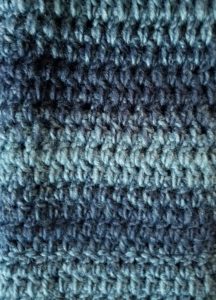
Another issue with the pattern was the stitch used. The designer, according to feedback my customer received, said the stitch was “regular double crochet.” But from the photos in the pattern, it looked like she was crocheting between the stitches instead of in the top loops. Perhaps she thought this is how one double crochets.
On the other hand, if this was a special stitch she was using, then instructions needed to be included to show crocheters how to execute it.
I worked up a swatch, crocheting between the stitches, and was able to reproduce the stitch shown in the pattern photos. So that’s how I crocheted the piece.
Create Commercial-Magazine-Worthy Crochet Patterns
The moral of this story? Even with the freedom crochet designers now have to self-publish their patterns, they still have an obligation to create accurate patterns with all of the information a crocheter needs to confidently recreate the designer’s vision.
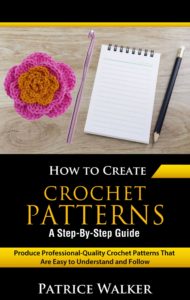 I wrote How to Create Crochet Patterns: A Step-By-Step Guide to help crochet designers produce patterns that any commercial crochet magazine would be pleased to publish. I even recommend to designers that they study a variety of commercially published patterns to get a feel for what they look like and the kind of information they include.
I wrote How to Create Crochet Patterns: A Step-By-Step Guide to help crochet designers produce patterns that any commercial crochet magazine would be pleased to publish. I even recommend to designers that they study a variety of commercially published patterns to get a feel for what they look like and the kind of information they include.
I go on to explain in detail everything that designers need to include in their self-published crochet patterns, as well as how to ensure that their patterns are accurate and easy to understand and execute.
Your reputation as a designer will either grow by leaps and bounds or fizzle out completely, based on the quality of the patterns you publish. And free patterns need just as much care and attention as the ones you are charging for. It’s a good idea, therefore, to study what’s out there, then take your time to produce patterns you can be proud to attach your name to.

